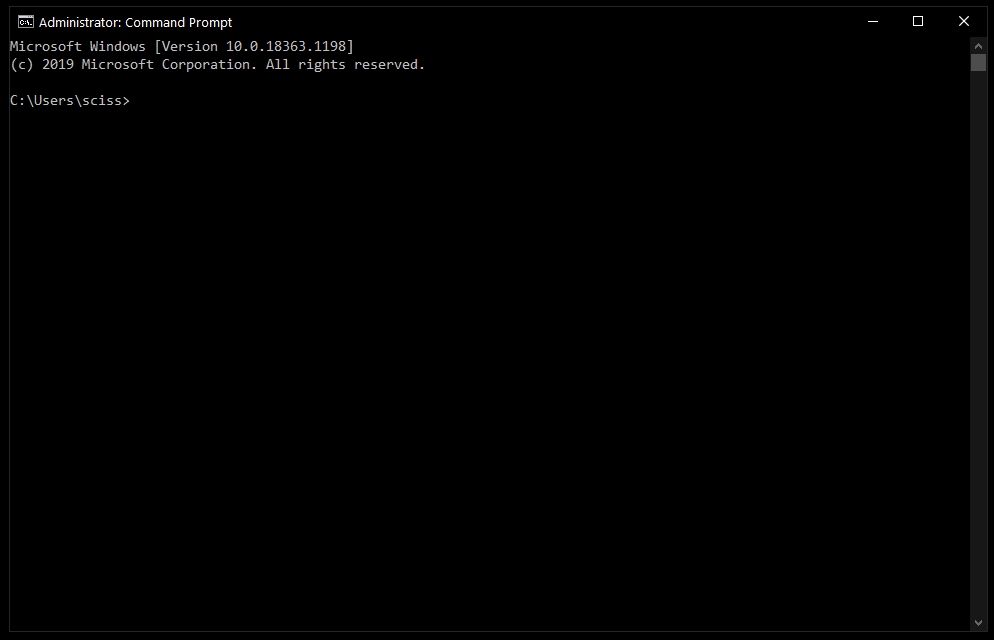

- MAC DELETE FILE COMMAND LINE HOW TO
- MAC DELETE FILE COMMAND LINE PLUS
- MAC DELETE FILE COMMAND LINE MAC
Note that this command only deletes empty directories. You can't use the -i flag with the rmdir command, so the command is a bit riskier. So to delete a directory named Archives, run this command (If you have a directory name with spaces, you need to put the name in quotes: "For Example".): There's a special command for deleting directories: rmdir. You can't delete a directory using the rm command.

You'll see the following in Terminal when running these commands: In each case, pressing Return won't actually activate the rm command, because the -i flag acts as a pause button. Rm -i MyFile.rtf M圜V.rtf MyGreatAmericanNovel.rtf Or, in the case of deleting multiple files: So if you're feeling cautious, you could run the above commands with this flag as follows: rm -i MyFile.rtf You can't click on the Trash icon and retrieve files you've accidentally deleted.īut there is a safety net: it's the -i (interactive) flag. It's worth repeating: this command deletes files.

Rm MyFile.rtf M圜V.rtf MyGreatAmericanNovel.rtfĪgain, pressing the Return key does the dirty work. If you have three files on your Desktop that you want to delete, and you want to delete them all at once, you can do so like this (if you have a file name with spaces, you need to put the name in quotes: "For Example.txt".): You can even delete multiple files in a single command.
MAC DELETE FILE COMMAND LINE MAC
When you press Return, the file will go poof! The Mac doesn't confirm if you want to delete the file. (If you have a file name with spaces, you need to put the name in quotes: "For Example.txt".) If you had a file here named MyFile.rtf that you never, ever wanted to see again, you could run this command: To delete a file, type rm filename, replacing filename with the actual name of the file you want to delete. After you launch Terminal (in your /Applications/Utilities folder) type cd ~/Desktop to navigate to the Desktop directory. It's dangerously easy to delete files with the rm command.
MAC DELETE FILE COMMAND LINE PLUS
Why bother deleting files with the command line?ĭeleting files with the Finder isn't too difficult, plus you can always fish files out of the Trash if you change your mind.
MAC DELETE FILE COMMAND LINE HOW TO
I'll show you how to add a safeguard to ensure that you only delete files you really want to delete. Still, if you want to tap into Terminal's powers, this is a command you can't overlook. But be careful: Unlike when you move files to the Trash from the Finder, there's no way to get them back if you use these commands. The rmdir command does the same to directories (also know as folders). Take the commands in this article as an example: the rm command allows you to remove (or delete) files. (If you have a file name with spaces, you need to put the name in quotes: "For Example.txt".) If you had a file here named MyFile.When it comes to quickly taking care of daily tasks, the command line can be both powerful and dangerous. It’s dangerously easy to delete files with the rm command. If you’ve lost access to the Finder because your Mac is on the blink, you might be able to use the command line to troubleshoot the problem.

These files, which can contain settings for certain apps or parts of macOS, contain a dot (.) before their names and the Finder doesn’t show them. Why bother deleting files with the command line?ĭeleting files with the Finder isn’t too difficult, plus you can always fish files out of the Trash if you change your mind.


 0 kommentar(er)
0 kommentar(er)
